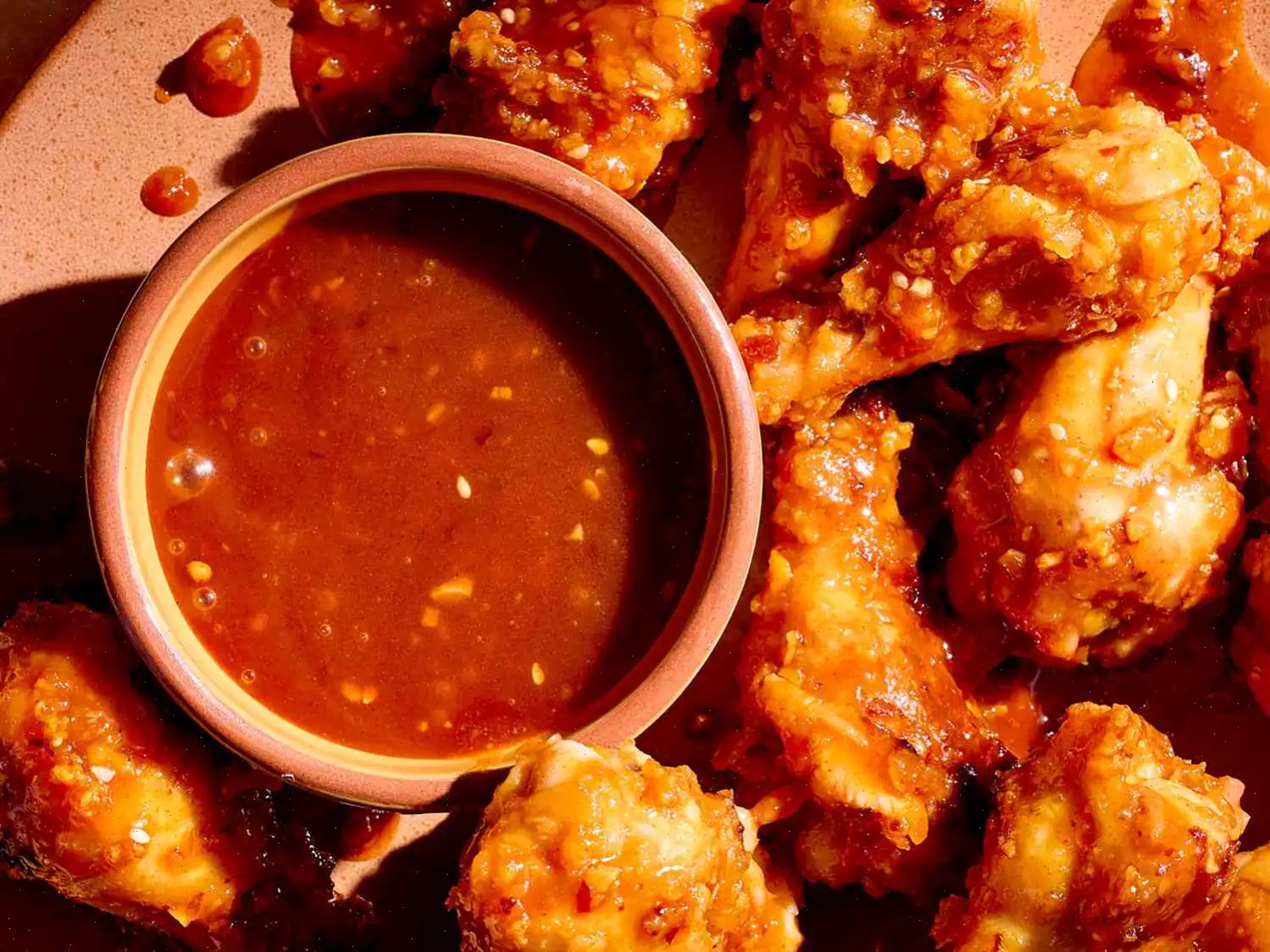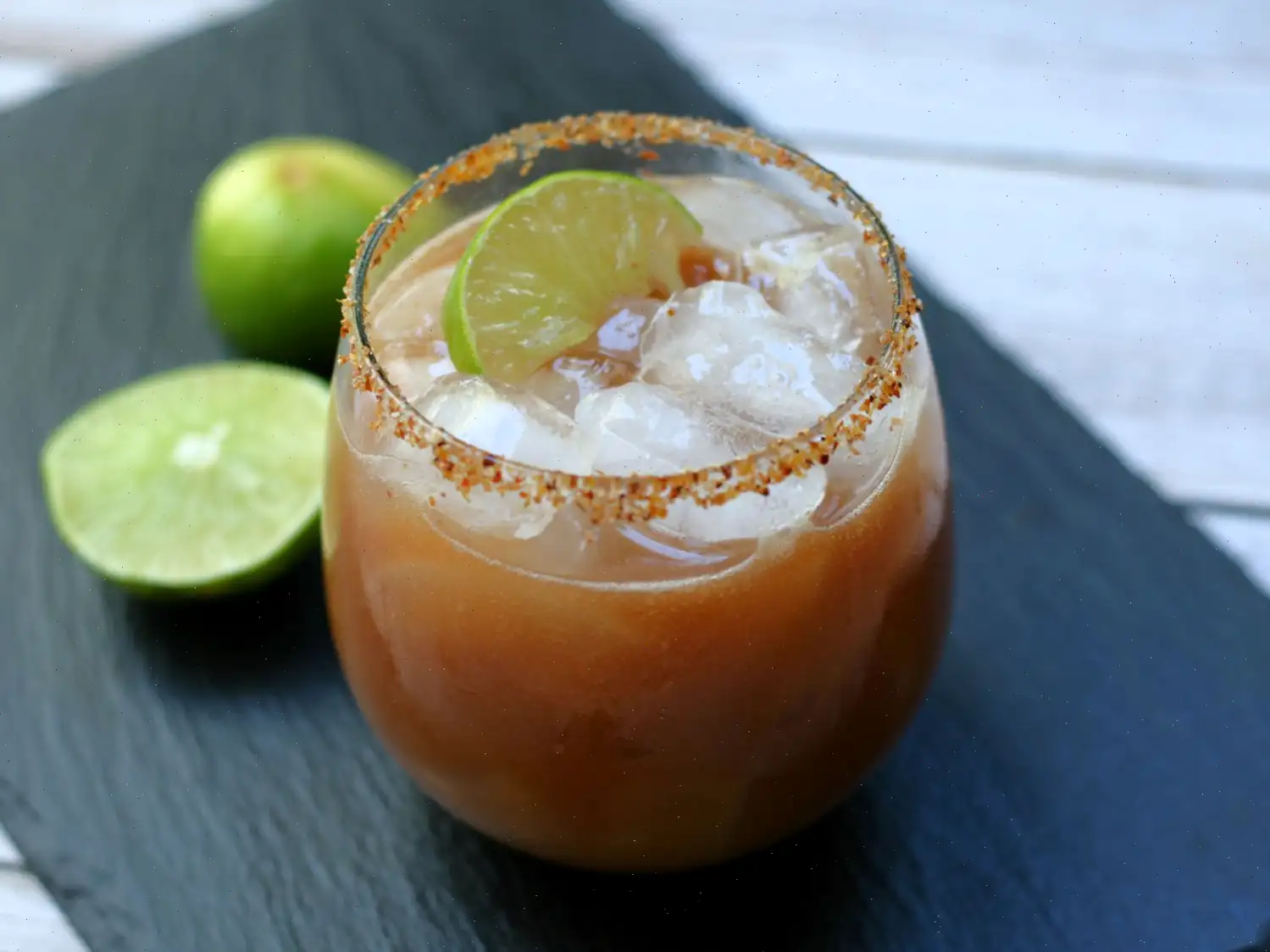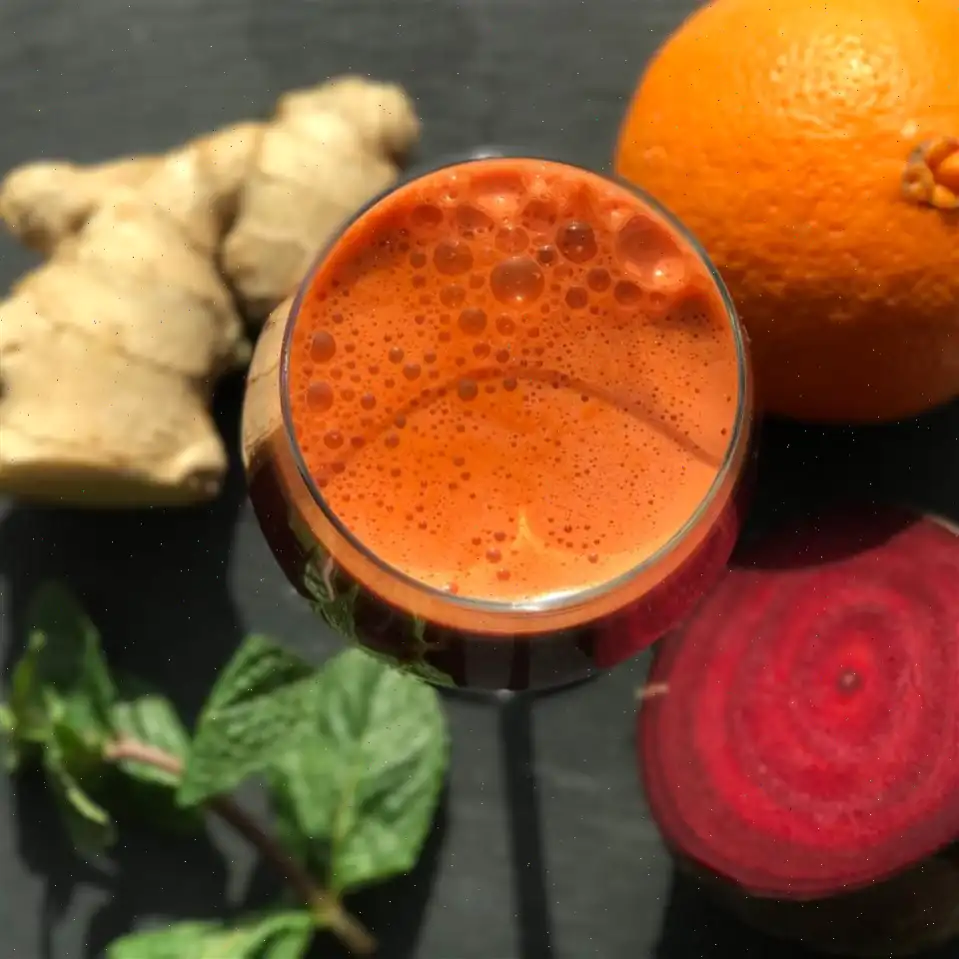
Gochujang Apple Cider Sauce Recipe
Ingredients
This recipe yields 10 servings. Quantities scale automatically, but cooking times and steps remain the same.
- 4 cups apple cider
- 1/2 cup cider vinegar
- 2 tablespoons honey
- 2 tablespoons gochujang
- 4 teaspoons minced fresh garlic
- 1 teaspoon sesame seeds
- 1/4 teaspoon crushed red pepper (optional)
- 1/4 cup butter
Directions
- In a large saucepan, bring the apple cider and cider vinegar to a rolling boil. Once boiling, reduce the heat to medium-low and let it simmer, uncovered, until it thickens slightly and reduces to about 1/2 cup. This will take roughly 35 minutes watch carefully as it can thicken quickly near the end.
- Pour the reduced cider mixture into a small saucepan. Whisk in the honey, gochujang, minced garlic, sesame seeds, and, if desired, the crushed red pepper. Cook over medium heat for about 1 minute, stirring constantly, until the honey dissolves.
- Remove the pan from heat. Add the butter in small pieces, whisking continuously until fully melted and incorporated.
- Cover and chill the glaze until ready to serve, up to 3 days in advance.
Nutrition Facts (per serving)
- Calories: 116
- Total Fat: 5g (6% DV)
- Saturated Fat: 3g (15% DV)
- Cholesterol: 12mg (4% DV)
- Sodium: 220mg (10% DV)
- Total Carbohydrates: 18g (7% DV)
- Dietary Fiber: 0g (1% DV)
- Total Sugars: 15g
- Protein: 0g (1% DV)
- Vitamin C: 39mg (43% DV)
- Calcium: 16mg (1% DV)
- Iron: 0mg (1% DV)
- Potassium: 121mg (3% DV)
* Percent Daily Values are based on a 2,000 calorie diet. Individual needs may vary. Consult a doctor or registered dietitian for medically restrictive diets.
The Story Behind Gochujang Apple Cider Sauce
Gochujang Apple Cider Sauce is a modern fusion creation that blends the spicy, savory heat of Korean gochujang with the naturally sweet and tangy flavors of apple cider. While gochujang itself has a history dating back centuries in Korean cuisine as a fermented red chili paste, the idea of combining it with apple cider and vinegar is a distinctly contemporary twist, emerging from the trend of East-meets-West culinary experimentation in the early 21st century. The sauce was likely inspired by American chefs seeking to balance sweetness, acidity, and umami in versatile condiments for both meats and vegetables.
Regional Variations and Local Preferences
Although this sauce is classified as American in many recipe databases, it draws heavily from Korean flavor principles. In regions with high Korean-American populations, such as Los Angeles or New York, chefs often adjust the heat level of gochujang to suit local palates, sometimes adding more honey or apple cider to soften the spice. In Southern cuisine, it may appear as a glaze for fried chicken or pork, whereas on the West Coast, it is more commonly paired with seafood or used as a dipping sauce for lettuce wraps and tacos. The adaptability of the sauce makes it a favorite across multiple regions, each bringing subtle tweaks to highlight local ingredients.
How It Differs from Similar Sauces
Gochujang Apple Cider Sauce stands out from other sweet-and-spicy condiments due to its balanced combination of fermented chili paste, apple cider, and cider vinegar. Unlike traditional barbecue sauces, it has a sharper acidity and a more complex umami profile. Compared to classic honey mustard or teriyaki sauces, it is less syrupy and more layered, offering a savory depth from the gochujang while retaining a bright, fruity sweetness. The inclusion of butter at the end provides a creamy texture, making it unique among spicy glazes and vinaigrettes.
Where You Typically Find It Served
This sauce is versatile in its applications. It is most often drizzled over grilled or roasted meats, tossed with chicken wings, or used as a dipping sauce for shrimp and vegetable wraps. Trendy restaurants and food trucks frequently feature it as part of fusion dishes such as Korean-style tacos, sliders, or roasted vegetable bowls. Home cooks also enjoy it as a condiment for salads or roasted root vegetables, appreciating its ability to transform simple ingredients into bold, flavorful meals.
Interesting Facts
- Gochujang is made from fermented soybeans, rice, and red chili peppers, giving it a rich, umami-packed flavor that contrasts beautifully with the sweetness of apple cider.
- The sauce can be prepared in advance and stored in the refrigerator for up to three days, making it convenient for meal prep or entertaining.
- Adding butter at the end of cooking is a nod to French techniques, where butter is used to enrich sauces, blending Eastern and Western culinary traditions.
- Some chefs experiment with variations, substituting maple syrup for honey or adding fresh ginger for an extra layer of warmth and complexity.
- The combination of spicy, sweet, and acidic flavors makes this sauce particularly appealing for pairing with roasted nuts, grilled tofu, or even as a drizzle over pizza for a gourmet twist.








